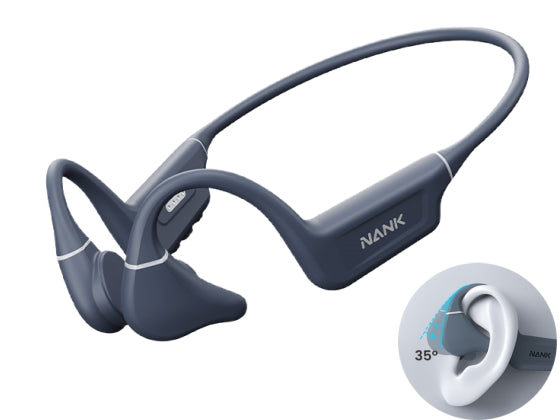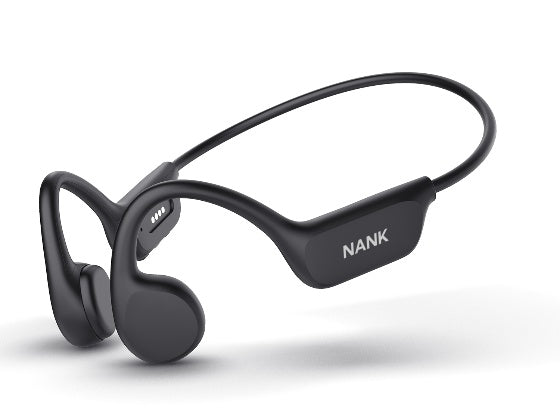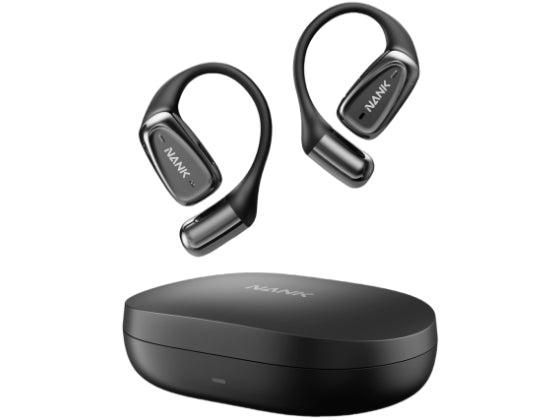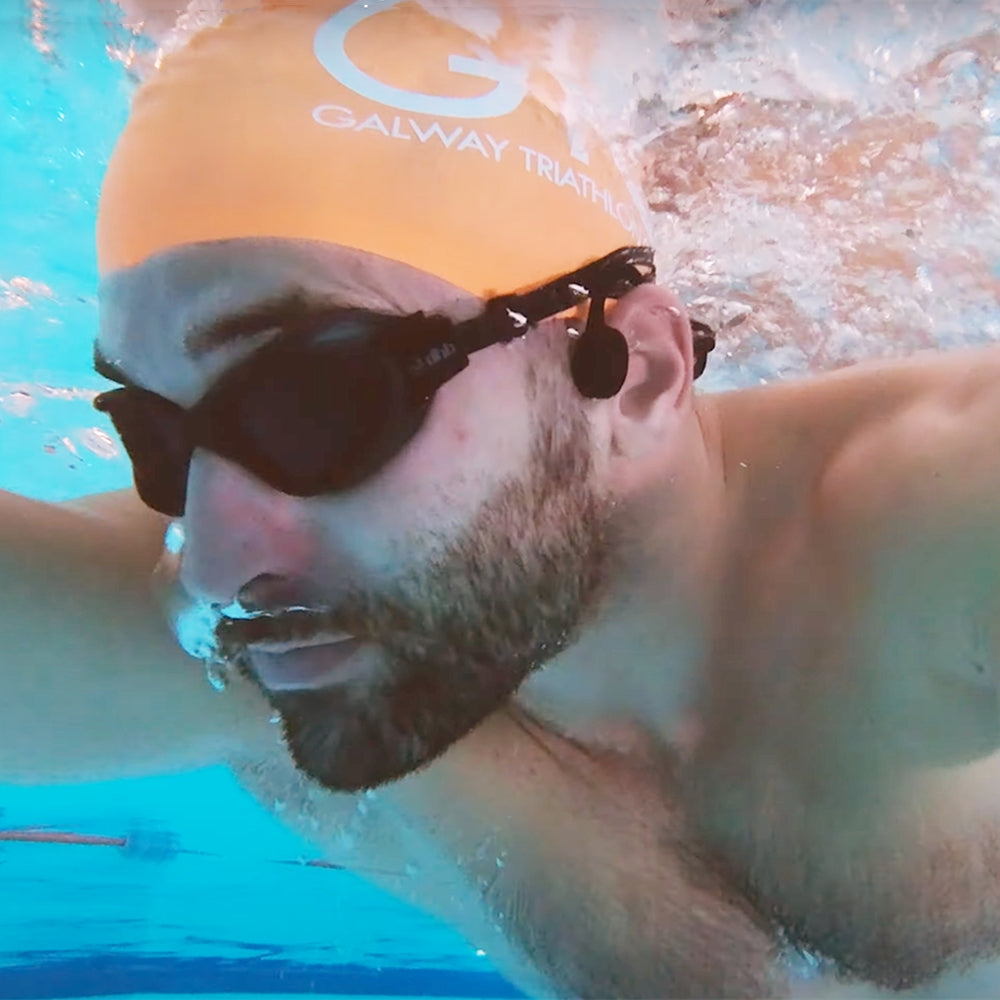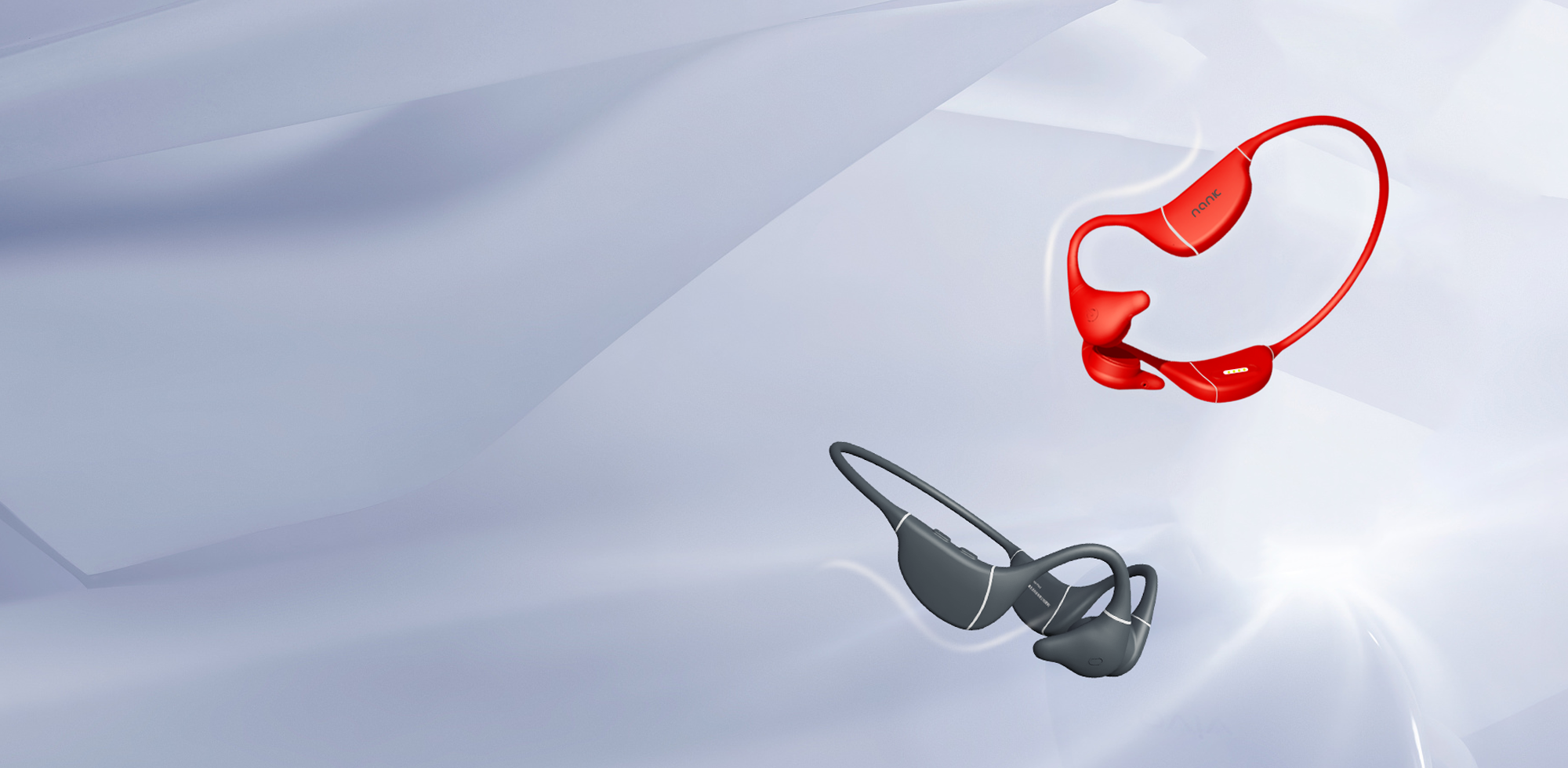Today, let's delve into the trending realm of bone conduction headphones—a technology that originated in the military, utilizing bone conduction to transmit sound signals through the skull, maintaining awareness of surroundings and enhancing safety.
Now, bone conduction technology has found its niche in the sports scene, gaining favor among fitness enthusiasts for its safety and comfort. Many may still have questions about this type of headphone and remain unfamiliar with bone conduction technology. So, let's demystify the advantages and disadvantages of bone conduction headphones to provide a comprehensive understanding.

Section 1: Understanding Bone Conduction Headphones
1.1 How Bone Conduction Works:
Bone conduction headphones transmit sound through bone vibrations, bypassing the need to insert earbuds. This method is comfortable and safe, with vibrations directly reaching the auditory nerve through the skull, maintaining awareness during activities.
Section 2: Advantages of Bone Conduction Headphones
2.1 Comfortable Wear:
Bone conduction headphones, being ear-free, avoid discomfort caused by prolonged earplug use. They hang on the ears, providing stability during dynamic movements without the risk of easily falling off.
2.2 Hygiene Benefits:
Since bone conduction headphones don't enter the ear, they maintain ear canal openness, preventing bacterial growth. The absence of direct contact with the eardrum avoids irritating electronic music stimuli, promoting ear health.
2.3 Enhanced Safety:
By keeping both ears open, bone conduction headphones allow external sounds to enter, increasing safety in outdoor activities, public transportation, and strolls by providing heightened situational awareness.
2.4 Hearing Protection:
The vibrating transducer in bone conduction headphones avoids direct stimulation of the eardrum, reducing fatigue and potential damage to hearing. This protection aids in preventing hearing loss over extended use.
Section 3: Disadvantages of Bone Conduction Headphones
3.1 Audio Quality Concerns:
Compared to in-ear headphones, bone conduction headphones might offer average audio quality as the open design may affect detailed sound reproduction. However, mature technology from reputable brands provides an immersive listening experience.
3.2 Sound Leakage:
Since bone conduction headphones use temporal bones to transmit vibrations, some sound leakage may occur, posing a minor concern for privacy during use in public spaces.
Section 4: Bone Conduction Headphones Recommendations
4.1 NANK Runner Pro4s:
NANK, a seasoned brand in bone conduction, offers the Runner Pro4s with advancements like Xing 2.0 technology and OT Closed Leak Reduction 3.0. Its Bluetooth 5.3 chip ensures stable connectivity, while the addition of FC Flash Charge provides impressive battery life.
4.2 OpenMove Bone Conduction Sports Headphones:
The OpenMove headphones by ShaoYin feature a sleek design, skin-friendly material, and PremiumPitch 2.0 technology. The Qualcomm flagship Bluetooth 5.0 chip ensures stable connections, while the IP55 waterproof rating adds durability.
4.3 Xiaomi Bone Conduction Sports Earphones:
Xiaomi's lightweight bone conduction earphones offer comfort and stability. With an IP66 waterproof rating, Bluetooth 5.2 chip, and MIUI popup connection, they cater to both sport and daily use.
4.4 NANK Runner CC3:
NANK's Runner CC3 boasts a stylish design, AF Full Shock Directional Shaker, and OT Closed Leak 3.0 technology, providing 90% leak reduction. With Bluetooth 5.3, IPX6 waterproofing, and a long-lasting battery, it caters to sports enthusiasts seeking functionality and style.
Conclusion:
The Future of Bone Conduction Technology As a cutting-edge technology, bone conduction headphones are gaining popularity, especially among sports enthusiasts. With continuous advancements, brands are mitigating drawbacks, offering users a variety of choices. The future holds promising developments in bone conduction technology, providing users with safer, more comfortable, and immersive audio experiences.
FAQ: Frequently Asked Questions
-
Q: How do bone conduction headphones enhance safety during outdoor activities?
-
A: Bone conduction headphones keep both ears open, allowing external sounds to enter, providing heightened situational awareness during activities like running, commuting, or outdoor strolls.
-
Q: Are bone conduction headphones suitable for prolonged use?
-
A: Yes, bone conduction headphones, with their comfortable design and hearing protection benefits, are suitable for extended use without causing ear discomfort or fatigue.
-
-
Q: Can bone conduction headphones be used for activities beyond sports?
-
A: Certainly, bone conduction headphones are versatile and can be used for various activities such as workouts, commuting, and relaxation beyond sports.
-
Q: How do bone conduction headphones protect hearing?
-
A: Bone conduction headphones utilize a vibrating transducer that avoids direct stimulation of the eardrum, offering hearing protection and preventing potential hearing loss.

